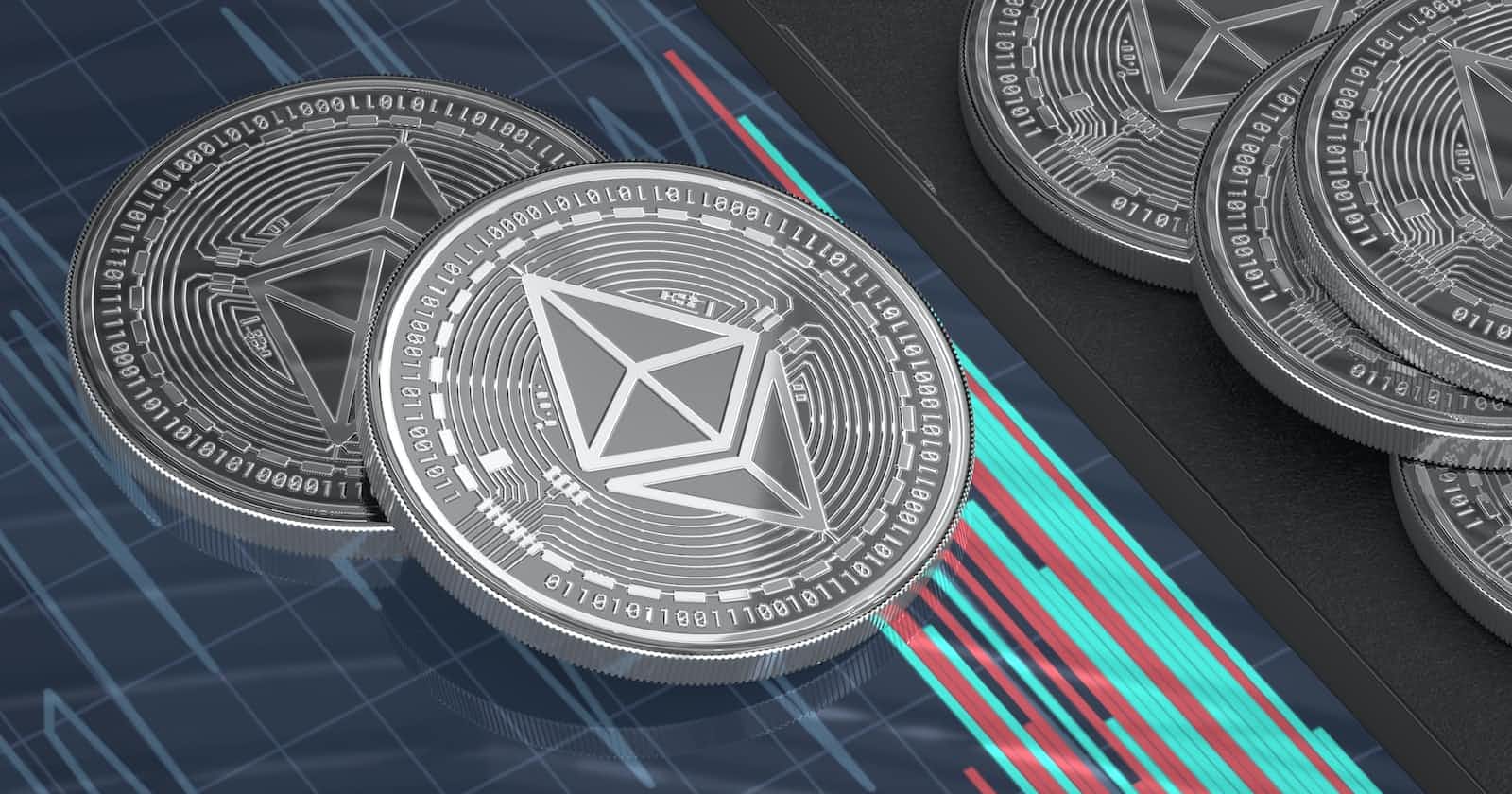EIP stands for Ethereum Improvement Proposal, It is introduced by the founder of Ethereum Vitalik Buterin in 2018.
It is a common way of requesting changes to the Ethereum network, and changes are implemented on the basis of voting. Basically, it focuses on improving the chain.
Current Ethereum gas fees model
First Price Auction Model - In the current model user have to pay the gas fee. Miner gives priority to the transaction with a higher gas fee, which leads to an increase in the spike of gas fees due to which users with low fees have to wait for a long time to include their transaction in the block.
Drawbacks of the current Ethereum gas fee model
- Urgent transactions require very high fees.
- A lot of delays in transactions due to high congestion in the chain.
- Low-fee transactions will be never included in the block
- Spike in gas fees is highly unpredictable
Ideas proposed by EIP 1159
- Making transaction fees more predictable
- Reducing delays in transactions confirmation
- Try to reduce the high fees and optimize fees during chain congestion
- Smoothing fees spikes by limiting numbers of overpaid transaction
Ideas Implementation with EIP 1159
- Blocksize maximum gas limit will change to 25 million from 12.5 million which will help to process more transactions in a block.
- A new concept of the Miner tip is introduced to incentivise the miner in order to prioritize his transaction.
- A new concept of the Base fee is introduced which will be the same for everyone, anyhow base fee is variable in nature.
Base Fee
- The base fee will change according to congestion in the chain.
- If congestion is less than 50% base fee will automatically decrease for the next block and if it is more than 50% base fee will be increased for the next block.
- At max, 12.5% of maximum fluctuation is recorded for the next block.
- All the base fees will be burnt instead of going to the miner's pocket. It will lead to a supply shortage of Ethereum.
Fee-Cap
This concept is useful for the user who wants to pay the specific base fee instead of paying a current base fee so they can put a transaction with a fee cap lower the fee-cap than the current base fee will have to wait until the base fee is lower.
Can Ethereum become Deflationary with EIP 1559?
EIP-1559, a significant upgrade to the second most valuable blockchain network, introduced a base fee that is burned with every Ethereum transaction. That sets the stage for Ethereum to become deflationary — meaning that a greater sum of ETH will be burned than created in a simple way supply of Ethereum will reduce.
Conclusion
In my opinion, introducing base fees is the best proposal in the Ethereum chain also proof of stake (POS) will bring a major upgrade to the network, which can be a problem for miners and may be led to a chain split. But for now, I can say we need to accept changes.


